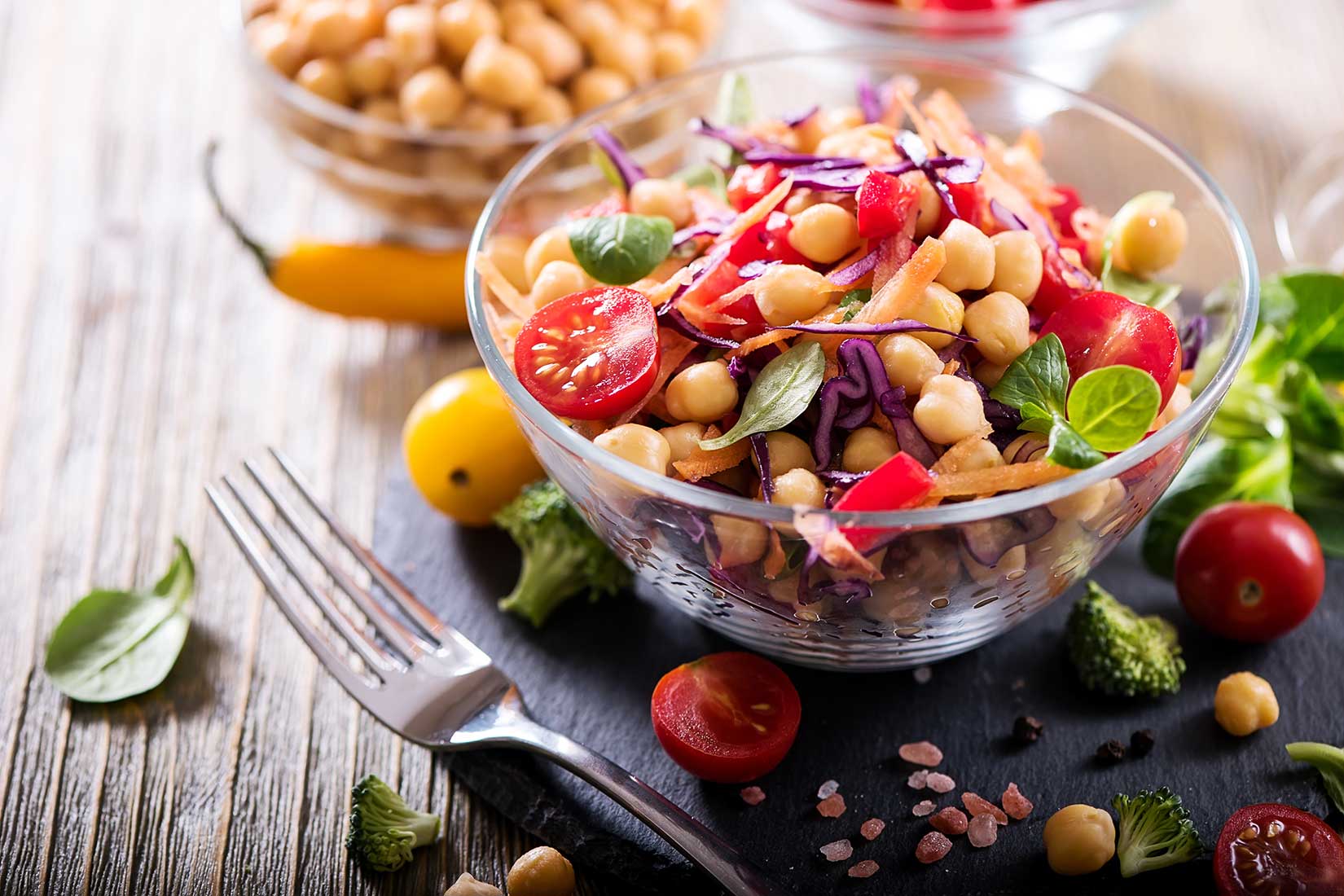With so many health fads and diets available to consumers, it can feel like a goose chase trying to come up with menu items that serve them all while keeping customers satisfied.
However, with a little information about the diets themselves, it can be much easier for operators and chefs to identify existing menu items that can be made dietarily friendly without adding additional inventory. Let’s look at some of the most popular diet trends out there today and how to serve guests that adhere to them from your existing menu.
Keto
Avoiding carbohydrates is key to the keto diet, which limits carb intake to 20-50g per day. Obviously, that rules out menu items like pasta, potatoes, bread, and rice; but when you begin to see the ‘hidden’ carbs in fruits, beans, and some vegetables, it can be tricky to land on a menu item that fits the bill. Instead of creating something specific to keto diets, gear existing menu items toward two things — high fat, in things like fattier cuts of meat, avocados, and full-fat dairy like heavy cream — and green vegetables, which are typically on the low end of the carb count. Pull those items out from any dish, and now you’ve got something that works for the keto crowd.
Paleo
The Mayo Clinic describes the paleo diet as one that, “includes lean meats, fish, fruits, vegetables, nuts, and seeds — foods that in the past could be obtained by hunting and gathering.” Refined sugars, processed foods, grains, legumes, and dairy are all off-limits for paleo adherents, so in that way, there are some parallels with keto. So, just as you would in finding menu items that work for that lifestyle, finding paleo-friendly foods is a matter of looking for lean meat, vegetables, and nuts and seeds. But unlike keto, you can also include fruit, which opens some options for desserts that are unavailable to the keto folks. A simply prepared cut of meat or fish with two non-starchy, non-bean side dishes is a great example of a full, satisfying meal that probably exists within your current menu. Just watch out for dairy-rich sauces. Instead, opt for herb-based sauces or simple seasonings.
Vegetarian/Vegan
 Perhaps the most well-known dietary option that continues to grow, vegetarian and vegan
eaters opt for plant-based foods and avoid animal products. While vegetarian and even vegan
options are fairly common on menus nowadays, they often lack creativity, leaving diners less
than enthusiastic about ordering them. Take a look at the plant-based ingredients you already
use on your menu and brainstorm ways to use those ingredients more creatively. A vegetarian
or vegan meal isn’t simply one that avoids animal products. It should also be a complete,
nourishing dish that feels thoughtful and delightful to guests.
Perhaps the most well-known dietary option that continues to grow, vegetarian and vegan
eaters opt for plant-based foods and avoid animal products. While vegetarian and even vegan
options are fairly common on menus nowadays, they often lack creativity, leaving diners less
than enthusiastic about ordering them. Take a look at the plant-based ingredients you already
use on your menu and brainstorm ways to use those ingredients more creatively. A vegetarian
or vegan meal isn’t simply one that avoids animal products. It should also be a complete,
nourishing dish that feels thoughtful and delightful to guests.
Gluten-Free
People who can’t eat gluten for health reasons deserve the same care and respect as any other diner. And serving them safely is of the utmost importance. Yes, some guests choose to avoid gluten for a variety of reasons, but many gluten-free folks have allergic reactions to gluten that should be taken seriously. Operators and chefs should be educated about ingredients that may contain gluten and the possibility for cross-contamination. When serving gluten-free guests, make sure your servers communicate that the items prepared in your kitchen may come in contact with ingredients that contain gluten, and do your sincere best to avoid cross-contamination when serving them. Examples of ingredients that may contain hidden gluten include:
- Broth/stocks
- Candy
- Certain ground spices
- Chips
- Cold cuts
- French fries
- Hot dogs
- Ketchup
- Mustard
- Mayonnaise
- Roasted nuts
- Salad dressing
- Soy and teriyaki sauces
- Tomato sauces
- Vegetable cooking spray
Because diet trends are both vast and fleeting, it might not be a great idea to add diet-specific dishes to your printed menu, but instead, train staff on the options that are available so that they can assist guests. You might even want to keep a ‘cheat sheet’ at the server station or in the kitchen so that staff can easily find items for any diet type. Consider going the extra mile to determine the exact nutritional content of those menu items (there are many apps and websites that can help with this) and list them on your cheat sheet. Be sure to train staff to advise guests that your nutritional information wasn’t determined in a lab and may be off by a few grams to give yourself room for error.



